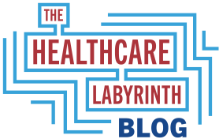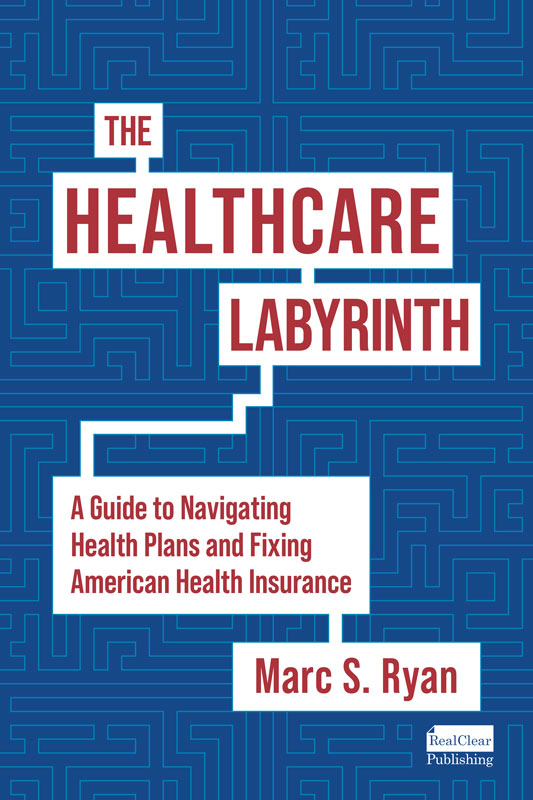Trends impacting health plans point to the need for major transformation
It is summer and people are awaiting the one last respite of Labor Day before the hustle and bustle of life and work increase again. So, I will keep this week’s blogs short – short that is for me. The truth, though, is that the hustle and bustle have already hit healthcare this summer, which is certain to complicate many of our lives this Fall.
Healthcare changes impacting health plans
With all that has gone on since Donald Trump returned to office, I thought it might be good to summarize the health plan landscape. Here goes:
- We can expect major healthcare agency staff and grant cuts. The Trump 47 administration set out to massively pare both people and spending in government. As lawsuits have gone through the courts and eventually made their way to the Supreme Court, the high court justices, with some limited pushback, have given the president wide latitude to make changes. The assertion of executive power comes at the expense of congressional powers, but it should be noted GOP lawmakers have largely ceded power to Trump ala FDR.
- The financial meltdown of top insurers intensified, with normally shatter-proof UnitedHealth Group reporting (well, perhaps previously hiding) a major financial erosion. This was followed by more than spotty news from Elevance Health. We saw CVS Health, Humana, Centene, and Molina earlier report their meltdown. Only Cigna seemingly escaped the financial crisis.
- The passage of the One Big Beautiful Bill Act (OBBBA) foretells further trouble for insurers. Medicaid cuts amount to almost $1 trillion via work requirements, provider tax reform, state directed payment reform, and eligibility restrictions. Exchange eligibility restrictions in the bill and a companion rule were passed. The enhanced premium subsidies in the Exchanges look almost certainly to lapse. All these moves will lead to massive contraction in Medicaid and the Exchanges (some 15 million Americans lose coverage). There are also some possible 4% per year Medicare PAYGO sequestration reductions (over $500 billion over ten years, with $45 billion in FFY 2026) because the OBBBA increases the federal deficits.
- Lawmakers in the GOP say a second budget cut bill is possible, with prime targets being (1) enacting (or starting) Medicare site neutral payments to lower Medicare costs and providing relief in the commercial and employer world; and (2) dealing with Medicare Advantage (MA) overpayments, likely in risk adjustment. Other reforms and cuts could be included as well.
- The Centers for Medicare and Medicaid Services (CMS) announced that 100% Risk Adjustment audits in MA in each payment year will occur in addition to the recent v28 risk model implementation.
- While a rather generous 5-plus percent rate was announced for 2026 in MA, utilization is running at as much as 9% according to plan actuaries. Utilization as well as risk adjustment audits and the threat of more reform there will certainly take away from the positiveness of the hike.
- Star ratings have dropped three years in a row (2023, 2024 and 2025), taking billions out of the funding stream as well. Average Star scores sit at a 10-year low. Plans anxiously await 2026 Star Ratings in October to see if an uptick will occur.
- Notwithstanding all of this, MA enrollment growth continues, if somewhat less robustly. But MA enrollment from February has increased almost 600,000 lives. There has been a surge in Special Needs Plan (SNP) enrollment, which has grown by over 1 million since January 2024. SNP enrollment has been almost 50% of all MA growth since 2025 open enrollment ended.
- To avoid more aggressive regulatory actions, plans across lines of business (LOB) voluntarily agreed to further rein in prior authorization’s (PA) use and make it more transparent and accountable.
- President Trump announced sweeping drug price reform proposals and drug tariffs. This will begin with the EU trade deal and 15% tariffs in September on brand drugs.
What will the coming impacts be?
Plans already had a relatively long road to financial recovery, but the OBBBA, MA risk adjustment audits, other possible MA risk adjustment changes, and the all-LOB PA reforms could create even more overall uncertainty even with the generous MA rate hike. Financial stabilization will be that much longer now. Plans will contract offerings in the Exchanges and will contract offerings in MA again. But MA, powered by a great value proposition compared with the archaic traditional fee-for-service (FSS) system, will still grow.
PA changes have moved plans to searching for alternative revenue and spending management strategies. This will include additional investments in best-in-class data analysis to better intervene in care to reduce costs and improve outcomes. Digital health and outreach investments to renew member and provider engagement should take hold, too.
Tortured margins and surging costs have also focused health plans on what are major administrative expenses, much of it from labor as well as antiquated operational systems. Plans have begun a vigorous examination of the potential for major savings and operational and clinical transformation from agentic AI. Agentic AI promises a major reduction in ongoing administrative costs along with the ability to further the reach of the plan to every member and every provider. Imagine a time when plans can find and intervene in every major life event of a member.
#healthplans #margins #medicareadvantage #medicaid #exchanges #employercoverage #trump #congress #budgetreconciliation #coverage #healthcarereform #ai #digitalhealth
— Marc S. Ryan





